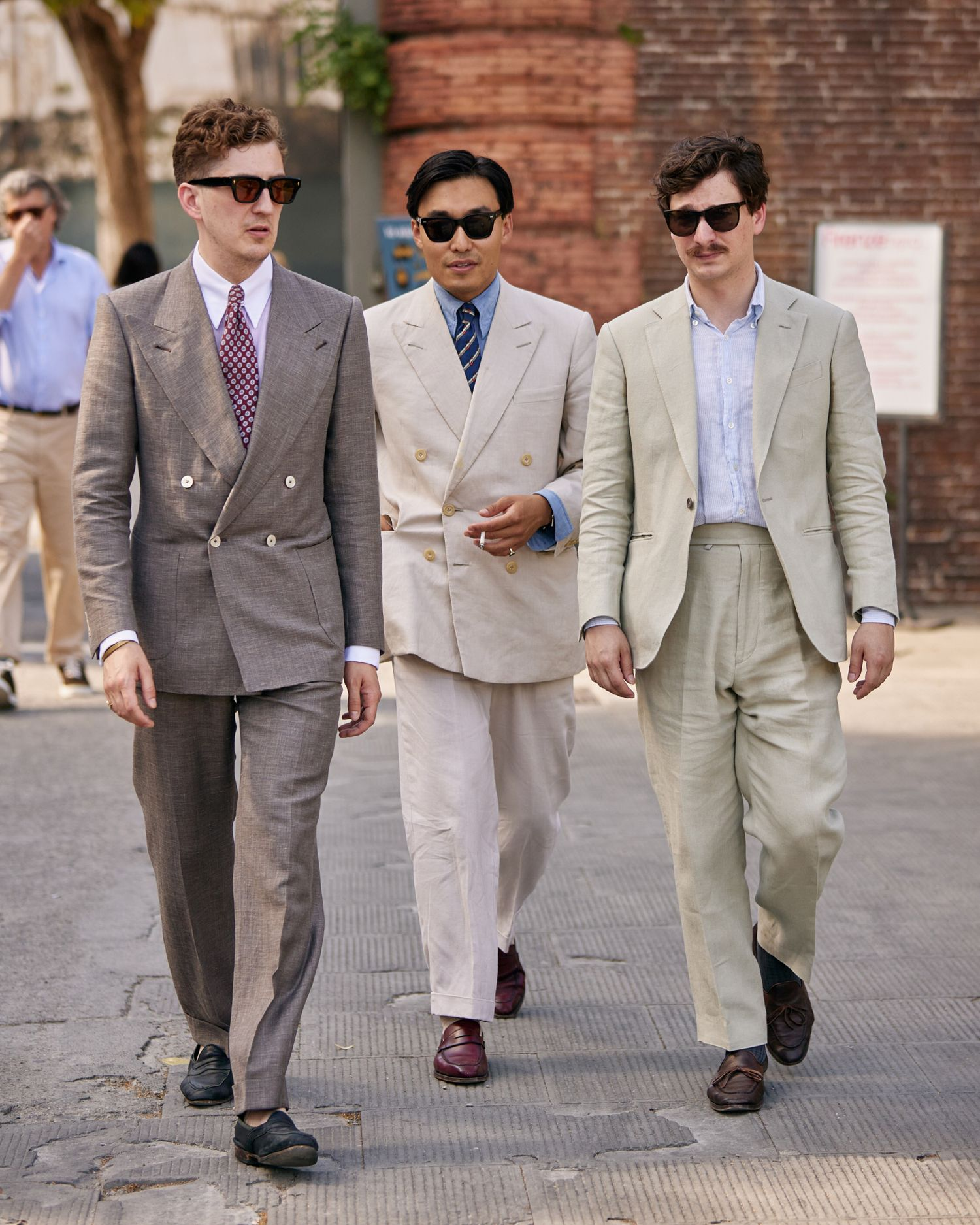
Weddings have a way of forcing men to reckon with their wardrobes. In a
world where dress codes have steadily relaxed, formalwear has become
the exception rather than the rule. And yet, certain occasions still
demand it: weddings, funerals and – God forbid – court appearances.
The problem is, as suits have receded from daily life, so has the knowledge of how to wear
one. In my years writing about menswear, I’ve seen a recurring drama unfold: men who
delay, who misjudge, who seek out tailors too late. The suit is too tight or too loose. It
doesn’t look terrible, exactly, but it doesn’t look great either. And he’s paid dearly for it.
To avoid that fate, it helps to know what you’re up against. Buying a good suit means
accounting for dress codes, tailoring lead times should you need one and the subtle signals
clothing can communicate, especially for an event as photographed and emotionally
freighted as a wedding. Whether you’re standing at the altar or sitting in the third row, here
are a few key considerations that can sharpen the results and lower the stress levels.
To avoid that fate, it helps to know what you’re up against. Buying a good suit means
accounting for dress codes, tailoring lead times should you need one and the subtle signals
clothing can communicate, especially for an event as photographed and emotionally
freighted as a wedding. Whether you’re standing at the altar or sitting in the third row, here
are a few key considerations that can sharpen the results and lower the stress levels.
Focus on fit and silhouette
Men new to tailoring tend to focus on surface-level choices: a bold colour, a contrasting
buttonhole, a distinctive lapel. However, fit and silhouette are the foundation of any good
outfit and no amount of styling can save a bad suit. A well-cut navy worsted will always
look better than a poorly tailored show pony.
A well-tailored suit jacket should always hug your neck, even as you move. If the collar lifts
or gaps, the problem is likely architectural – an incorrect shoulder slope, excess tension
across the chest or a misalignment between the garment and your posture. These flaws are
rarely correctable after the fact. If the collar doesn’t stay seated on your neck, it is best to
move on.
Next, check the jacket’s balance, which is tailor-vernacular for how it hangs from your
shoulders. When viewed from the side, a jacket’s hem should fall evenly from front to back,
like a scale in equilibrium. A slight dip in front is fine, but if the front hem rides higher
than the back, the whole jacket will look like it’s shrugging away from you. Once again,
move on.
Subtle distortions can also offer clues. A sleeve head divot – a puckering that appears just
below the shoulder seam – may indicate a jacket is too tight across the back. Lapels that
bow outward suggest chest strain. The coat may need additional room if the waist button
pulls into an “X” shape. Lines on trousers, too, reveal issues: flaring hip pockets can
suggest tightness across the hips while collapsing fabric beneath the seat often indicates an
overly long rise. A well-fitting suit drapes cleanly, creating a flattering silhouette without
wrinkling or ripple.
Time matters: start your search early – ideally many months out – so you can try different
styles, see what works and, if it needs a tweak here or taper there, you can give your tailor
enough runway to make the good suit great.





